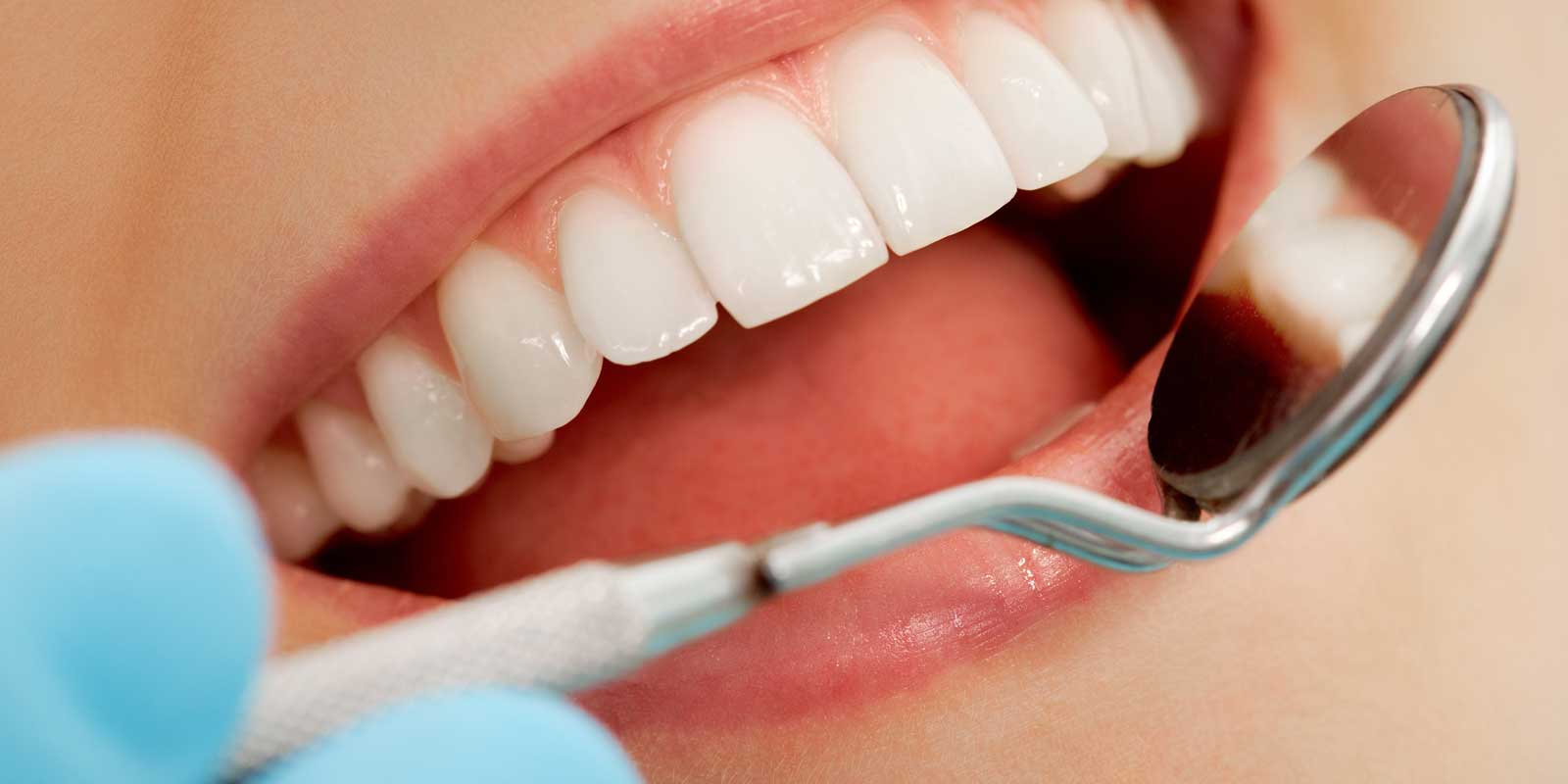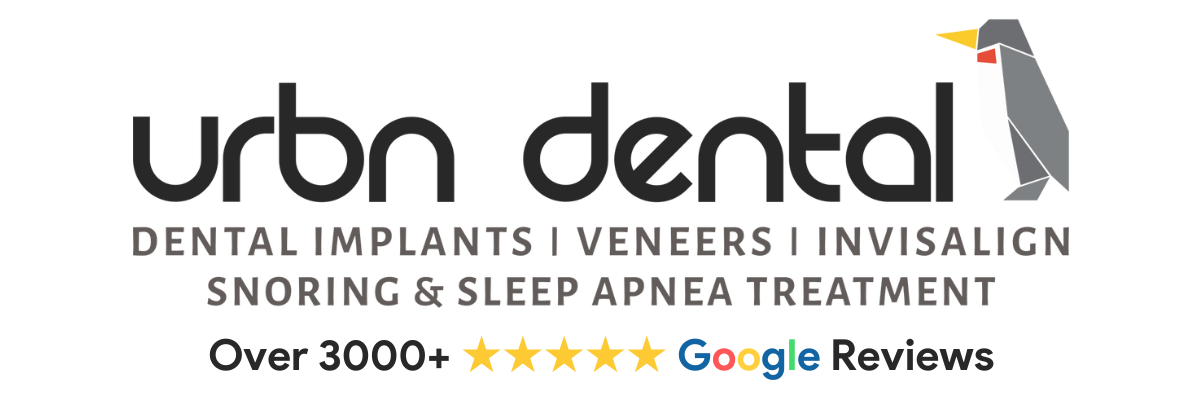This is a soft and sticky film that accumulates on the outside part of the teeth and around the gum line. You can easily prevent the plaque at home. If you don’t practice proper oral care, plaque can turn into tartar.
When people eat, there are bacteria in the mouth that breaks carbohydrates into an acid that mixes the food particles and saliva to form the plaque. Cleaning the teeth often will help to prevent plaque. However, it is difficult to remove tartar sometimes, and you may need to visit your dentist for professional deep cleaning.
Improper oral hygiene can lead to tooth decay, bad breath, and gum disease. Studies show that there is a possible association between gum disease and health conditions like dementia, pneumonia, and heart disease.
The following are some of the methods that you can use to remove dental plaque and prevent tartar.
Schedule Appointment
Good oral hygiene
It is important to brush with fluoride toothpaste daily after meals. Practicing proper dental care routine is one of the best way to remove and prevent plaque, flossing once a day is also recommended. Flossing will remove the food particles and plaque between the teeth and areas that are hard to reach; brushing will only help to remove plaque from the teeth surface.
How to brush effectively:
Start from the back of the mouth with the top molars.
Use circular brush strokes and brush to the front and back areas of the upper teeth.
Repeat the steps on the bottom teeth.
You can get better results using a manual toothbrush. However, electric brushes can also achieve the same results. Especially those that have oscillating heads are effective at eliminating plaque.
After cleaning the teeth, rinse the mouth with a mouthwash. Most mouthwashes contain fluoride for protection against plaque.
If you have gingivitis, you may need a strong mouthwash. The dentist can prescribe an antiseptic mouthwash that is stronger than those available over the counter.
After cleaning the teeth, they will look white and sparkling, but after some time, they will start to look dull and yellow. The yellow color is from sticky plaque. The buildup can damage the teeth and gums if not removed.
One of the best way to remove the plaque is to keep the teeth clean after meals. Remember to replace the toothbrush after three months.
You can floss the teeth before brushing to make any food particles lose before brushing them away.
Use a floss of about 18 inches; wrap one end around the middle fingers.
Hold the floss between the forefingers and thumbs, and push the floss between two teeth gently.
Move your floss to make a ‘c’ inside one tooth.
Rub the floss gently down and up, as you press it against the tooth. Be careful not to jerk or snap the floss.
Repeat the process for all the teeth; ensure that you floss behind the teeth well.
After flossing, spend about two minutes to brush every tooth.

How to brush
- Place a small amount of toothpaste on the toothbrush. Use about the size of rice grain for children.
- Hold the brush on the teeth at about 45 degrees angle to the gum line.
- Take the brush back and forth, with gentle strokes equal with the teeth width.
- Brush the outside surfaces, chewing surfaces, and the inside surfaces. Don’t forget to brush the tongue.
- Tilt the brush vertically and make gentle strokes to clean the inside of the front tongue.
The plaque can accumulate quickly after brushing. Some experts recommend home treatments to remove plaque. Some of the home remedies to remove plaque and tartar are:
Oil pulling
Swishing oil like olive oil or coconut oil around the mouth can help to strengthen the teeth, soothe sore gums, prevent tooth decay, and remove plaque.
To do oil pulling, you need to swish about one tablespoon of oil in the mouth for about 30 minutes, longer than a normal mouthwash. Coconut oil is beneficial because it contains fatty acids like lauric acid; the acid has antimicrobial and anti-inflammatory effects.
Baking soda
Baking soda is believed to remove more plaque than when using toothpaste only. It also prevents the formation of more plaque over 24 hours compared to those who brush with toothpaste that has no baking soda.
Baking soda is ideal at removing plaque because it is a natural cleanser and an abrasive. This means it is effective for scrubbing.
How plaque causes tartar
Plaque buildup can cause various issues and health consequences. Plaque has bacteria that create acid by feeding on the sugars in food that you consume. The acid can damage the gum and teeth and even cause cavities. The bacteria contain toxins that affect the gums and lead to periodontal disease.
When the plaque comes into contact with the saliva, it will form a hard buildup known as tartar. It is also known as calculus. Tartar can be found below and above the gum line. It creates a breeding ground for bacteria to live in, allowing it to grow fast.
You may not be able to remove tartar like plaque, by brushing or flossing. You need to visit the dentist who can use special tools and techniques known as scaling and polishing to remove the tartar. Scaling helps to remove or pick tartar from the teeth and polishing helps to smoothen and make the teeth shiny.
How to prevent plaque from forming
One of the best way to stop and prevent plaque and tartar from forming is by developing proper dental care and lifestyle. Brush the teeth after meals and floss at least once a day.
Regular dental checkups are important in preventing the formation of plaque and tartar. The dentist will deep clean the teeth and remove tartar buildup. The dentist can also do fluoride treatment, which can help to prevent and slow down the development of plaque. This will also prevent tooth decay.
Eat healthy foods that are low in sugars; this will help to limit the growth of bacteria on the teeth. Remember to eat fresh produce, proteins, and whole grains.
